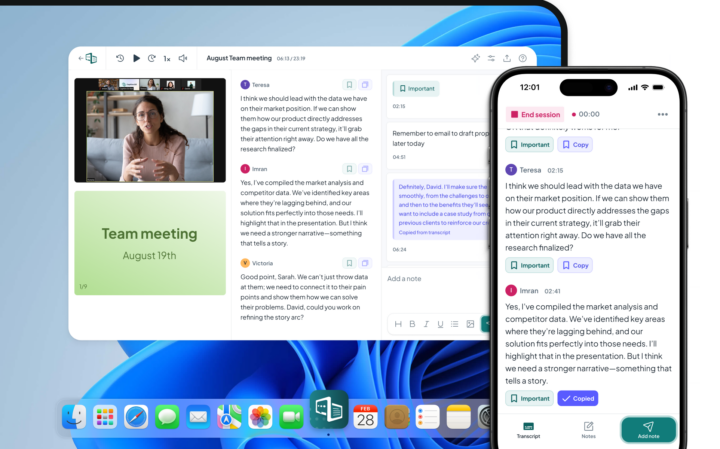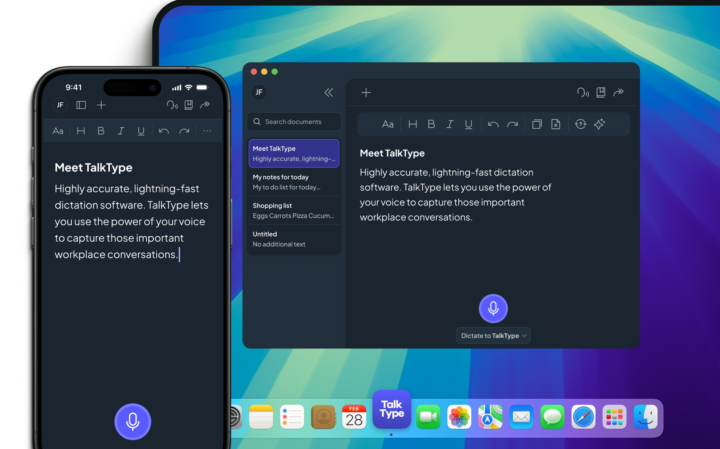How to Write a Performance Improvement Plan
If you’re creating a performance improvement plan for the first time, it’s best to stick to a simple structure that’s easy for both you and your employee to follow. As well as the points we mentioned earlier on, be sure to leave room for names, dates, job titles, and departments.
Performance Improvement Plan Template (With Example)
Not feeling confident about creating your own PIP? Use our simple example template as a guide.
Employee Name:
Job Title:
Department:
Manager/Supervisor:
Date Plan Issued:
- Overview of Performance Challenges
Summarise the specific areas where performance needs to improve. Be clear, factual, and objective.
- Company Expectations
Describe the expected standards of performance or behaviour for this role.
- Goals and Actions for Improvement
List specific goals and the actions needed to achieve them. (See helpful tips for setting SMART goals in our guide to PDPs.)
Area for Improvement:
Goal/Expectation:
Actions to Achieve Goal:
Success Criteria:
Repeat as needed for other goals.
- Support Provided
List the support, training, or resources the company will provide to help the employee succeed.
- Timeline for Improvement
Specify deadlines for each goal/action and the overall review dates.
Goal/Action:
Deadline/Review Date:
Repeat as needed for other goals.
- Scheduled Check-Ins
Outline when and how progress will be reviewed (e.g. weekly meetings, feedback sessions).
- Consequences of Not Meeting the Plan
Clearly state the potential outcomes if expectations are not met (e.g. further disciplinary action, demotion, termination).
- Signatures
I acknowledge that I have discussed this Performance Improvement Plan and understand the expectations and support provided.
Employee Signature:
Date:
Manager/Supervisor Signature:
Date:






